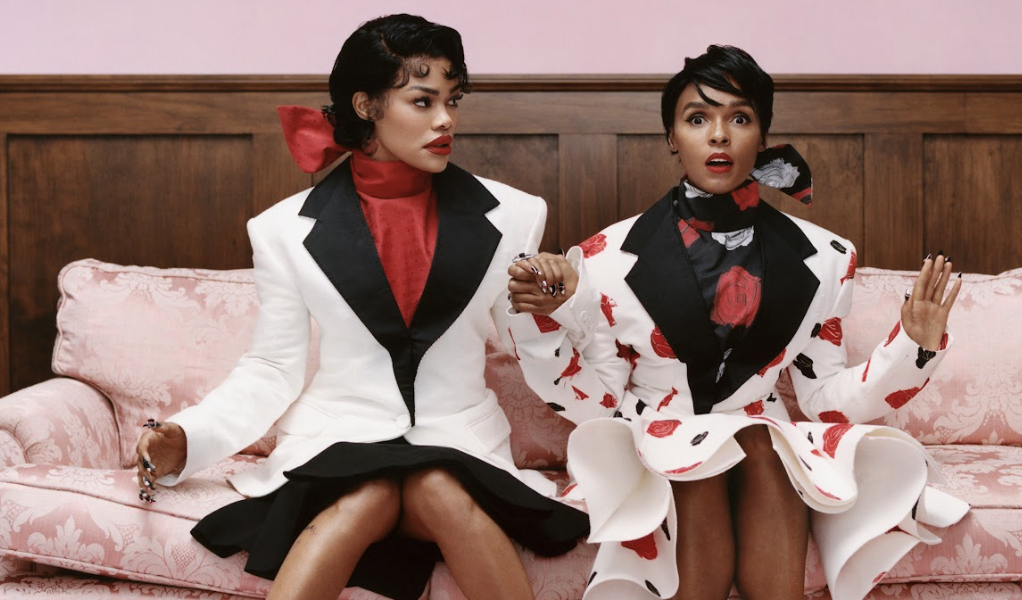Each year, the Met Gala arrives not just as a fashion event, but as a global spectacle. It’s a red carpeted coliseum where celebrity, couture, and culture collide. For Black creatives, particularly those who embody the ethos of Black dandyism, this year’s theme “Superfine: Tailoring Black Style,” could become both an opportunity and a dilemma. Should they show up in all their opulence, or to resist being yet another Pinterest board for appropriation?
The 2025 Met Gala is set to celebrate Black dandyism and its legacy. From the sharply dressed Harlem Renaissance poets to the flamboyant cool of André 3000 and the regal swagger of Billy Porter, Black dandyism has always been about more than looking good. It’s a declaration of complexity, of being multidimensional in a world that tries to flatten Black people.
But when these looks hit the Met Gala carpet, something happens. Dandyism, born out of Black ingenuity and rebellion, becomes curated content. A spectacle, a moment, but for whom?
Celebration or Consumption?
There’s no doubt that seeing Black stars serve looks at the Met Gala is thrilling. Lil Nas X turning heads in full crystal armor, Janelle Monáe bending gender norms with architectural silhouettes, or Danai Gurira giving fans Frederick Douglass-inspired elegance. These are all powerful, iconic moments. But when the flashbulbs fade, spectators are left wondering: are these looks truly celebrated for their cultural richness, or simply consumed and discarded like last season’s trends?
Mainstream fashion, after all, has a long history of extracting from Black culture while rarely investing in it. What starts in the margins like on ballroom floors, in Southern churches, or African markets, gets repackaged on European runways, stripped of its roots. The Met Gala, despite its glitz, is no exception. When Black dandyism graces that carpet, does the fashion world understand its depth, or just crave its aesthetic?
Maintaining the Soul of Dandyism
Black dandyism isn’t just about fashion, it’s about narrative. That’s where the tension lies. When filtered through predominantly white media, the soul of dandyism (the politics, the rebellion, the joy) is at risk of being lost. What’s avant-garde for Black people can be misread as costume for others.
So how do Black creatives protect their vision while navigating these high-profile stages?
The answer lies in intention. When Black stylists, designers, and artists lead the creative direction, the outcome hits differently. It tells a story. It honors lineage. This happens in collaborations between Black talent – Law Roach dressing Zendaya like a living archive, or Kerby Jean-Raymond embedding historical context into every Pyer Moss piece. These are not just looks; they’re conversations.
Trusting the Mainstream? Proceed With Caution
Should Black people trust the mainstream not to mess it up? The answer is that it could happen so brace for impact.
But that doesn’t mean we stop showing up. It means they show up on their terms, with their teams, and with our stories intact. The politics of flyness is not just about looking good, it’s about owning the narrative. Every brooch, every tailored lapel, every choice is a flex and a footnote in Black history.
Black dandyism at the Met Gala is a remidner that representation is a start, but not the finish line. True justice in fashion means equity behind the scenes, credit where it’s due, and respect for the roots, not just the runway.
